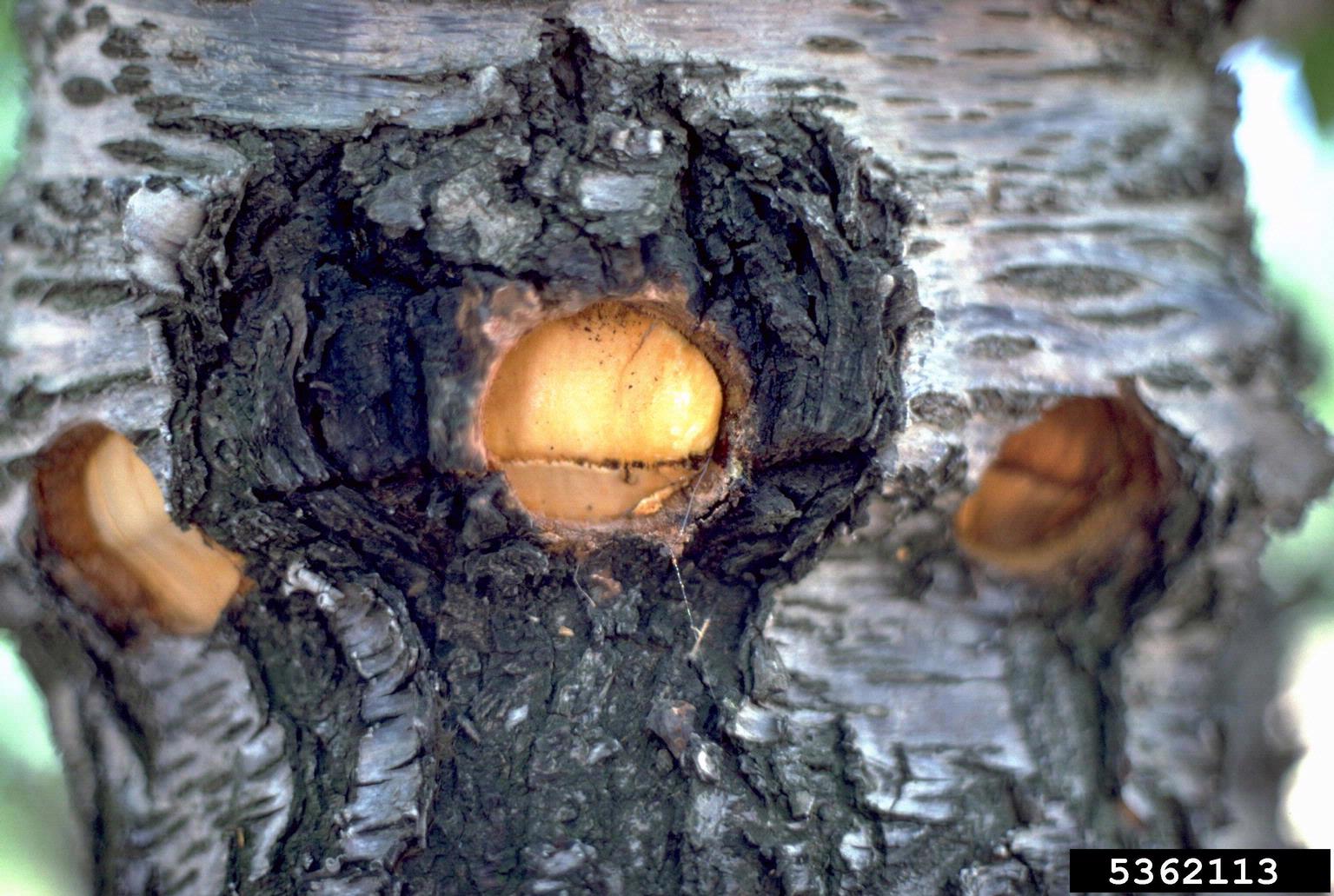X Disease Of Cherries – What Is Cherry Buckskin Disease


X disease of cherries has an ominous name and an ominous reputation to match. Also called cherry buckskin disease, X disease is caused by phytoplasma, a bacterial pathogen that can affect cherries, peaches, plums, nectarines, and chokecherries. It’s not very common, but once it hits, it’s easily spreadable, hard to eradicate, and can mean the end of many of your cherry trees (even your entire orchard). Keep reading to learn more about X disease symptoms and how to treat cherry tree X disease.
X Disease in Cherry Trees
X disease symptoms are the easiest to spot when the tree is fruiting. The fruit will be small, leathery, pale, and flat and pointed, instead of round. It’s likely that only parts of an infected tree will show symptoms - possibly as little as a single branch of fruit. The leaves of some branches may also become mottled, then redden, and fall off before they normally would. Even if the rest of the tree looks healthy, the entire thing is infected and will stop producing viably within a few years.
How to Treat Cherry Tree X Disease
Unfortunately, there is no good method of treating X disease in cherry trees. If a tree shows X disease symptoms, it will have to be removed, along with its stump to prevent newly infected growth. The pathogen is carried by leafhopper insects, which means once it has entered an area, it’s very hard to eradicate it completely. You should remove any possible hosts within 500 meters (1640 ft.) of your orchard. This includes wild peaches, plums, cherries, and chokecherries. Also, remove any weeds like dandelion and clover, as these can also harbor the pathogen. If many trees in your orchard are infected, the whole thing may have to go. Even trees that appear healthy may be harboring X disease of cherries and will only spread it around further.
Gardening tips, videos, info and more delivered right to your inbox!
Sign up for the Gardening Know How newsletter today and receive a free copy of our e-book "How to Grow Delicious Tomatoes".

The only child of a horticulturist and an English teacher, Liz Baessler was destined to become a gardening editor. She has been with Gardening Know how since 2015, and a Senior Editor since 2020. She holds a BA in English from Brandeis University and an MA in English from the University of Geneva, Switzerland. After years of gardening in containers and community garden plots, she finally has a backyard of her own, which she is systematically filling with vegetables and flowers.
-
 What Is A Pollinator Garden? Grow Gorgeous Blooms While Benefiting Your Local Ecosystem
What Is A Pollinator Garden? Grow Gorgeous Blooms While Benefiting Your Local EcosystemPollinator gardens look great and also provide a diverse ecosystem that benefits your local pollinating insects and animals. Get started today with this guide!
By Bonnie L. Grant
-
 5 Tough Urban Trees That Thrive In Cities – Top Picks For Urban & Suburban Landscapes
5 Tough Urban Trees That Thrive In Cities – Top Picks For Urban & Suburban LandscapesExplore the best urban trees that will add value to even the most challenging of landscapes. Get growing with these ideas and enjoy all the benefits of trees.
By Teo Spengler